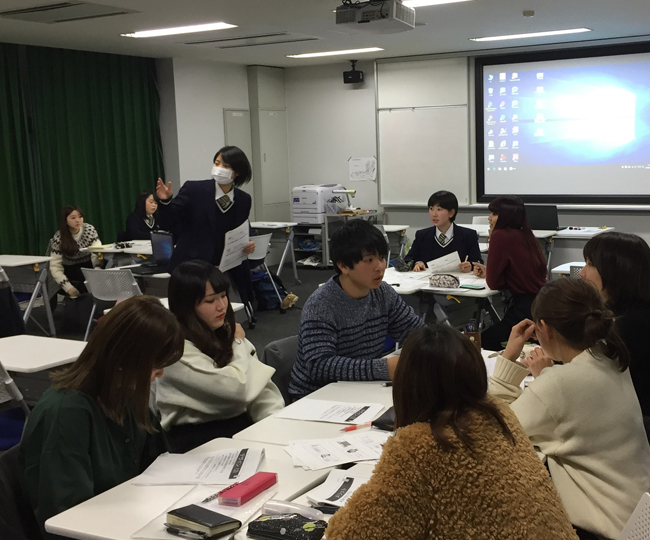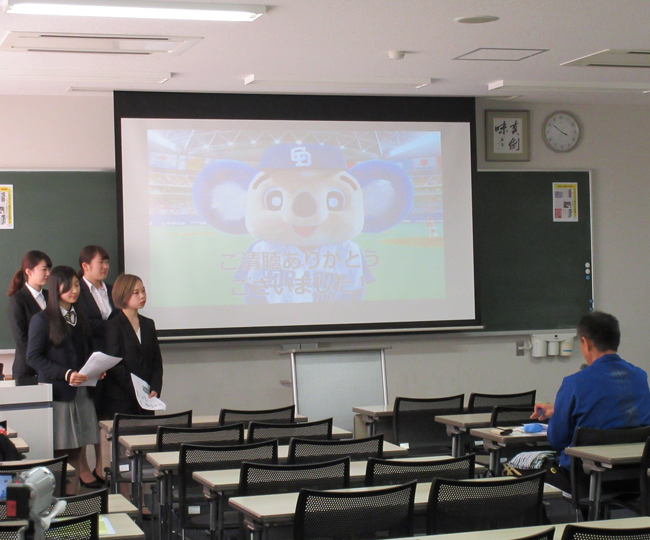1. In the beginning
The author is on this site for the first timeessaySince I posted this, I have been blessed with the opportunity to receive many questions from high school and university teachers.The most uncomfortable question among those questions was the question, "How can I activate the student (student)?" [1].
"Activate".Is there such a strange expression?As is well known, active learning (AL) means "participation of learners in active learning".In other words, to make it active means to "actively participate in learning", that is, to have a self-contradiction that "students / students become active (= passively) by the hands of teachers". It becomes an expression.
In the first place, the Ministry of Education, Culture, Sports, Science and Technology defines AL as "a general term for teaching and learning methods that incorporate the active participation of learners in learning, unlike one-way lecture-style education by teachers [2]." However, looking at this definition, it can be said that the learner will naturally become active as long as the method / mechanism such as group work is adopted.Therefore, many faculty members may be worried that students / students will not be active even though they have adopted a system such as group work, and the above questions may be asked.Therefore, in this paper, after mentioning the background of such self-contradictory questions, instead of "making students / students active" through the activities that the author himself is trying, "students / students are active". I would like to touch on how to become.
[2] Toward a qualitative shift in university education to build a new future-To a university that fosters the ability to continue learning and think independently- (Report) (August 24, 8) Glossary
XNUMX. XNUMX.Get rid of "natural"
One of the questions I often ask new students at the university I work for is the following conversation.
Sakata "Where did your school trip go?"
Student "I'm XX"
Sakata "Who decided the destination?"
Student "I'm a high school teacher"
Sakata "Who decided the schedule?"
Student "I'm a teacher"
Sakata "Who thought of the itinerary?"
Student "... I'm a teacher"
Sakata "Who had a meeting with a travel agency?"
Student "I think it's a teacher ..."
Sakata: So, did you have any gratitude to the teachers who gave you so much after the school trip? "
Student "... No, I thought it was natural for me to do it."
This songwriter is "it's natural to have him do it".As with college students as well as high school students, the school plans, prepares, and manages school events, classes, lectures, and various schedules.Learners just get on it.Even if it is said that "let's be active" only in a specific class / lecture because AL is important, the scholars do not know what to do and how active they should be, and in the end, the teacher will set it up. You may end up pretending to be active in the frame.As a result, teachers end up having self-contradictory worries such as "how to activate" the learners.
Nowadays, many universities are calling for the introduction of AL, and formal AL such as group discussion and group work is not uncommon.However, it should be considered, including my own self-reflection, that there may be unexpectedly many lectures that have nurtured scholars who are supposed to have actively done it within the framework set by the faculty side. Is.
So what should I do?The author mainly uses three methods.I don't mean that these are the best, but I have achieved some results as an effort to break the self-contradiction of "activating", so I would like to introduce them here.An example is the activity of Takafumi Sakata Seminar [3], Faculty of Policy Management, Chukyo University, which I am currently in charge of.

"Chukyo University Collaborative Lecture" between Sakata Seminar Students and Chukyo High School Students Attached to Chukyo University

Seminar student Sakata presenting to Chunichi Dragons team staff
The first thing I try to do is not to give the scholars the feeling that it is natural for them to do it.It may be a little radical, but I even said, "Even if you don't give me a lot of guidance, my salary won't go down. So, if you want to get good guidance, get motivated first." ing.Many students seem to be overwhelmed by this word, but it is a fact.As expected, it would not be possible to make such a statement to an elementary school student, but in my experience, there are many students who can read this statement if they are high school students.
On top of that, the second thing I am trying to do is to leave it to the activeness of the learners.For example, at the Sakata seminar, we let the seminar students decide what to do in the weekly seminar.Self-study when seminar students do not think about what to do.It makes me understand that this teaches less than a week.Of course, if we were to engage in industry-academia collaboration, it would be difficult for students alone to interact with companies. We draw a line that says, "Students can do it up to this point. From here on, only teachers can do it." If students do not do what they can, they will not be given the opportunity to learn further.
The third is the creation of an environment. If you think that such a trend exists as an environment, "it is natural for you to do it", on the contrary, if you can create an environment that "actively works and it is natural", you will actively "make it". There is no need.There are two things that the author is thoroughly committed to creating this environment.First, there is no limit to the learning of the learner. He always says, "If you do your best, you will have the opportunity to learn next time as much as you do." [4]
The second thing that is thoroughly implemented to create an environment is the "vertical connection" between seniors and juniors.However, it is not just about making seniors and juniors get along well, but by engaging only seniors who are actively working hard with juniors, the juniors "do so actively". It's a matter of course. "Of course, trying to do so does not treat students equally (in a superficial sense).At times, students may even think that they are "discriminating" or "ekohiiki."Fortunately, I have never experienced it, but if the student (or his / her guardian) says so, dismiss it as "it is a nuisance for juniors to engage with less motivated seniors." Will.
[4] For more information on this pointhttps://univ-journal.jp/column/20167129/Please refer to.
XNUMX. XNUMX. From "Activate" to "Activate"
The subject of the question at the beginning, "How can I activate a student (student)?" Is "Teacher".On the other hand, what we teachers should aim for is that "learners" become active.If so, it is important to think about what we faculty can do to make the learner active, rather than thinking about making it active.
Here, I have introduced three attempts that I am working on, but of course, there are many other ways.For example, actively complimenting students and communicating the significance of active participation is one of the things that the author himself is exploring in the dark.
In order to make the transition from "make" to "become", we teachers may need the ability to imagine the senses, values, and ways of thinking of the learners.The author himself just learns from the students in order to cultivate such imagination.

